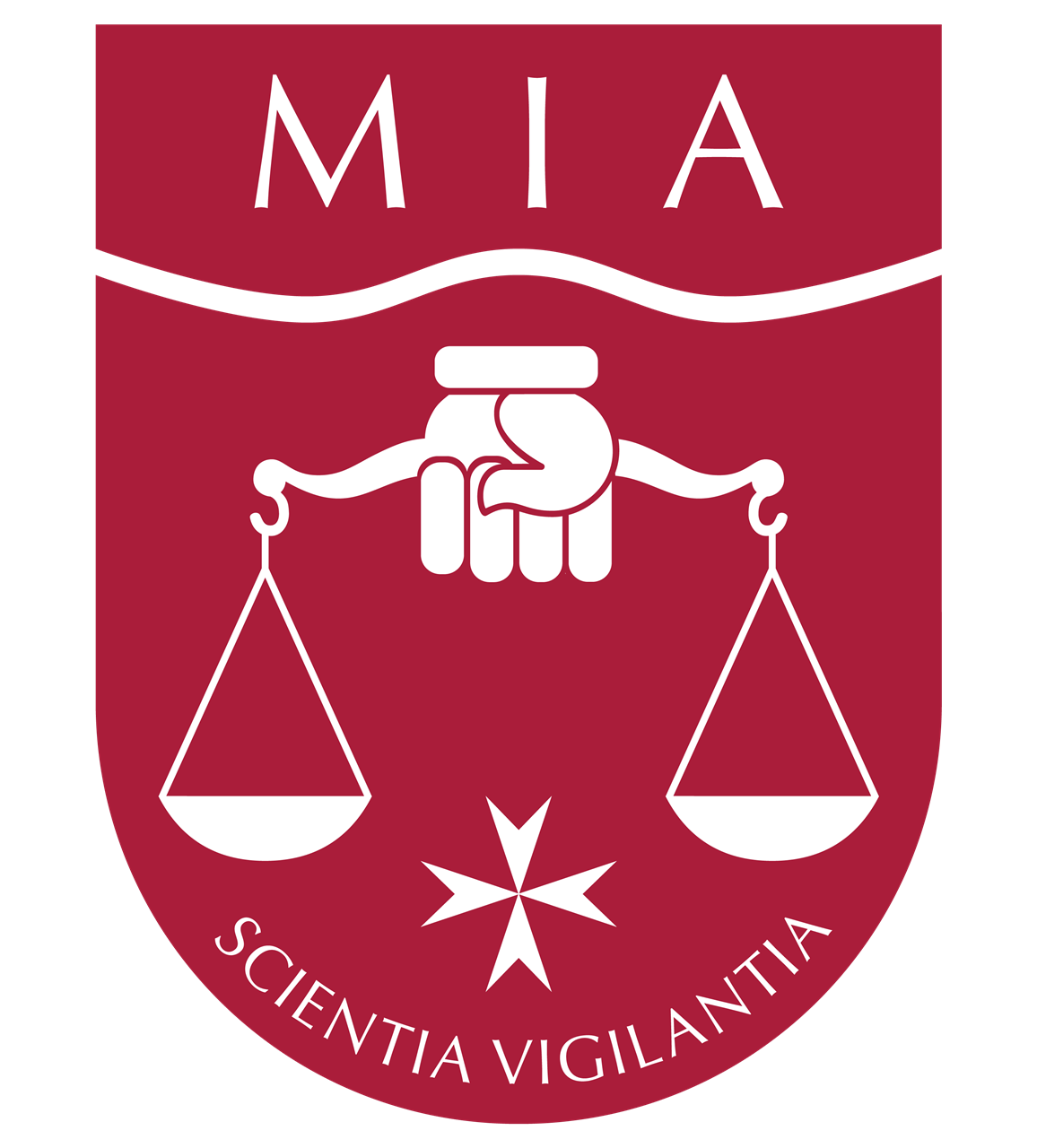The European and local drive towards a knowledge-based economy championing research, creativity and innovation has led to an increased number of intangible assets to be recorded on company balance sheets. This strengthens the importance of an accountant’s knowledge on the correct treatment of intangible assets both from an IFRS and a GAPSME perspective.
An intangible asset is an identifiable non-monetary asset without physical substance. Assets which fall within the scope of this definition include licenses, patents, copyrights, software and import quotas, all of which may typically be transferred by an owner without the need to transfer any related physical assets. On the other hand, goodwill (which also meets the definition of an intangible asset) incorporates the residual intangibles or synergies which cannot be reliably measured separately in a business combination, implying the need for an actual transfer of an entity’s physical assets.
Whilst IAS 38 ‘Intangible Assets’ is quite descriptive on the subject and provides extensive detail about the identification, measurement, and amortisation requirements for intangible assets, some may argue that the standard may fail to capture the key value in certain cases. Various contrasting views arise especially in the case of organically grown companies who’s internally generated intangibles can only be recognised in specific circumstances. On the other hand, IAS 38 generally requires acquired intangibles to be recognised. As an example, most brands are internally generated over several years with little to no historical cost to be recognised.
An intangible asset with an indefinite useful life reflects no foreseeable limit to the period over which an asset is expected to generate net cash inflows, yet this does not necessarily mean that its life is infinite. In the case of intangible assets with a finite useful life, the amortisation of these assets shall be considered. The determination of an intangible’s useful life is not a straightforward matter and should include consideration of various internal and external factors to a company. Nevertheless, difficulties in determining the useful life of an intangible asset should not be interpreted to mean that an intangible has an indefinite useful life.
Neville Saliba, Financial Reporting Team Leader at Zampa Debattista and an active member within the MIA’s Young Members Committee shall be delivering a 3-hour detailed CPE on the subject matter. This shall include looking into not only the definition, recognition and accounting treatment of intangible assets under IFRS and GAPSME, yet also delving into more specialised areas such as the practical considerations faced by a company in capitalising internally generated intangible assets and considerations from the pharmaceutical industry, amongst other matters.
Those interested can register here.


